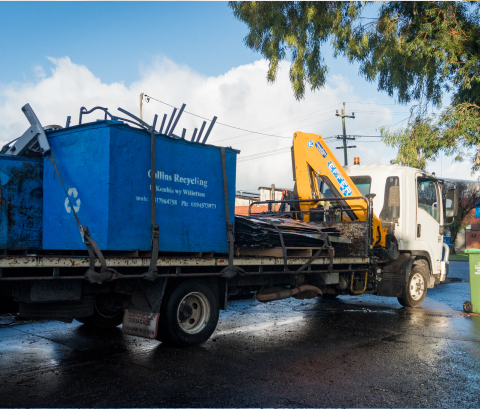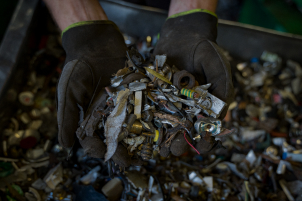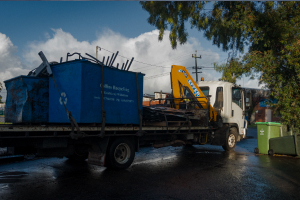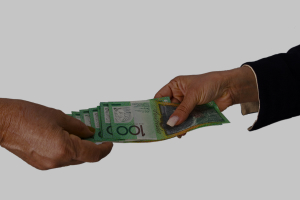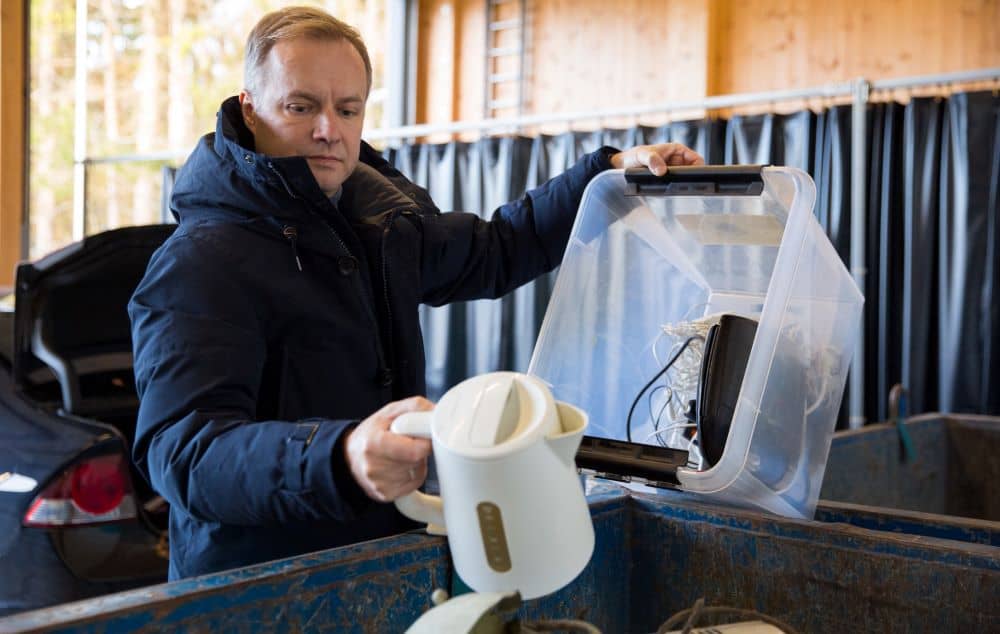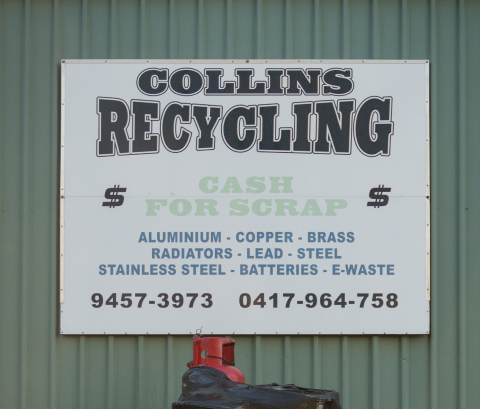Mobile Phone Recycling Guide: How to Recycle an Old Phone
Over the years, I’ve assisted countless individuals with the disposal of their mobile phones. Like any electronic waste, the best way to dispose of a mobile phone is by utilising an e-waste recycling service. Below, I have outlined how to responsibly and efficiently handle your mobile phone disposal.

